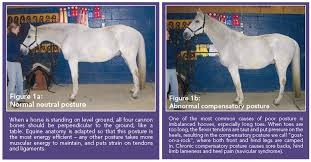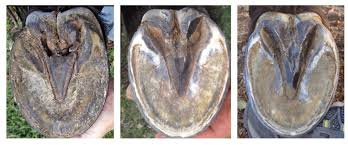What should daily hoof care look like? I know hoof health mostly revolves around nutrition and hygiene, and I want to make sure I’m following all the right steps in keeping my horse’s feet healthy. I pick their feet twice daily and clean their stalls twice daily, but are there other daily steps I should be doing?
Should I be taking daily precautions against thrush and white line? I don’t want to wait until an issue is full-blown. I know some people spray iodine on the soles of their horses’ hooves after picking them out daily. Is that okay to do every day as a prevention?
My horses are in Florida, and we’re heading into the wet and muddy season. Are there extra steps that should be taken?
Also, should hoof hardeners like Venice turpentine or Keratex be used? I was told by a farrier once, a long time ago, to use Venice turpentine daily on the sole, making sure to avoid the frog. I was also told never to put anything on the hoof walls like conditioner, except during the wet season when a moisture barrier should be painted on.
I’m just wondering what should be done—or shouldn’t be done—daily for healthy hooves, and what extra steps should be taken during different seasons.




